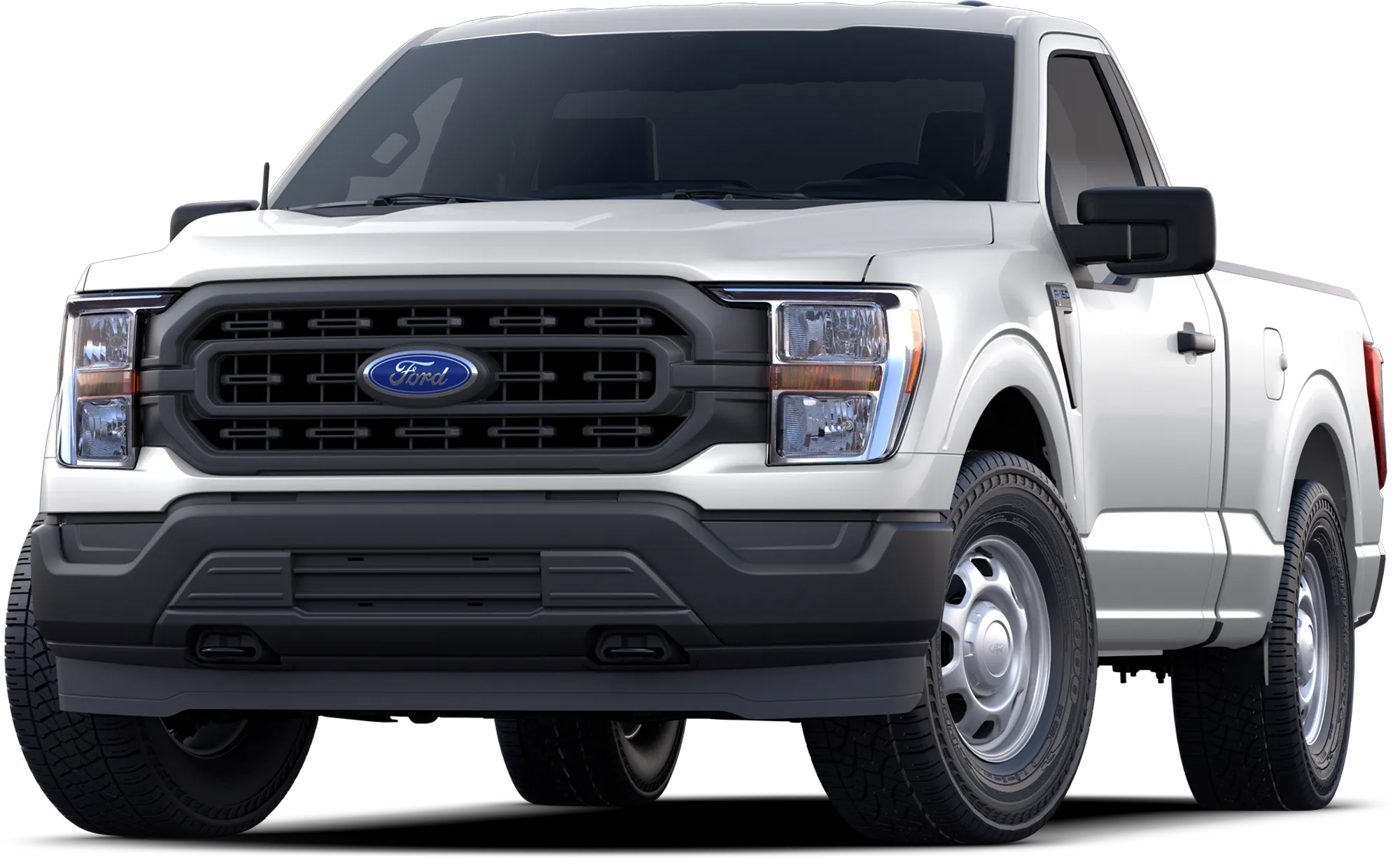Towing capabilities have become increasingly important for vehicle owners, whether for hauling boats, trailers, RVs, or utility equipment. However, not all vehicles are created equal when it comes to towing preparation and hitch installation complexity.
Understanding the difference between vehicles with straightforward hitch setups and those requiring extensive preparation can save significant time, money, and frustration.
The distinction between simple and complicated towing preparations often comes down to several key factors: factory preparation, structural accessibility, electrical system complexity, and cooling system requirements.
Vehicles with simple hitch setups typically feature easily accessible mounting points, minimal interference with existing components, and straightforward electrical connections. These vehicles often come with factory towing packages or have been designed with aftermarket hitch installation in mind.
On the other end of the spectrum, vehicles with complicated tow preparation requirements may need extensive modifications, custom fabrication, additional cooling systems, or significant disassembly for proper installation.
These complications can arise from various factors, including unibody construction challenges, complex exhaust routing, integrated bumper systems, or sophisticated electronic systems that require specialized integration.
The average trailer hitch installation takes 2-3 hours, but please note that every vehicle is different, and the hitch package options you choose can increase or decrease this estimate.
This timeframe can vary dramatically depending on vehicle design, with simple installations potentially completed in under an hour by experienced installers, while complicated setups may require full days or multiple shop visits.
Cost considerations also play a significant role, as vehicles requiring extensive preparation often demand specialized parts, custom fabrication, or professional installation that can cost thousands of dollars compared to simple bolt-on solutions that might cost just a few hundred.
Understanding these differences before purchasing a vehicle intended for towing can help buyers make informed decisions and avoid unexpected expenses down the road.
5 Simple Hitch Setup Vehicles
These user-friendly vehicles feature accessible frame mounting points and straightforward wiring harnesses that make trailer hitch installation remarkably simple for both professional installers and determined DIY enthusiasts.
Their engineers designed clear access to reinforced attachment points, often pre-threading bolt holes and providing dedicated wiring pathways that eliminate guesswork during installation.
The combination of generous ground clearance, logical component placement, and comprehensive factory preparation means most installations require only basic tools and minimal vehicle disassembly.
From pickup trucks with exposed frame rails to SUVs with thoughtfully positioned crossmembers, these vehicles transform what could be a complex modification into a manageable weekend project that delivers reliable towing capability.
1. Honda Pilot (2023-2025)
The Honda Pilot represents one of the most straightforward towing setups available in the three-row SUV segment. Honda’s engineering team designed the Pilot with towing in mind, incorporating easily accessible mounting points and a robust frame structure that accommodates aftermarket hitches with minimal complexity.
Towing capacity: 3,500 lbs for 2WD models and 5,000 lbs on Pilot AWD models. The installation process for a Honda Pilot hitch is remarkably simple, typically requiring only basic hand tools and following a straightforward bolt-on procedure.
The rear frame rails are easily accessible without requiring removal of exhaust components, bumper covers, or other obstructing parts. Most installations can be completed in under two hours by a moderately skilled DIY enthusiast, making it an attractive option for those who prefer to handle their maintenance.

Honda offers factory-approved hitch packages that integrate seamlessly with the vehicle’s existing electrical system. The wiring harness connections are conveniently located and marked, eliminating guesswork during installation.
The factory preparation includes pre-drilled mounting points and reinforced attachment areas that provide confidence in the hitch’s structural integrity. One of the Pilot’s standout features is its comprehensive towing package availability from the factory.
This package includes not only the hitch hardware but also transmission cooler enhancements, upgraded electrical systems, and towing-specific suspension tuning. When ordered from the factory, these components are professionally integrated and covered under Honda’s standard warranty, providing peace of mind for regular towing applications.
The Pilot’s electrical system is also designed with towing in mind, featuring robust alternators and electrical circuits capable of handling trailer lighting and brake controller installations without requiring additional relays or circuit modifications.
The integration is so seamless that many owners report trailer connections working perfectly on the first attempt, without the electrical issues that plague some other vehicles.
2. Ford F-150 (2021-2025)
Ford’s F-150 has long been considered the gold standard for simple towing preparation, thanks to decades of design refinement focused on work and recreational applications.
The truck’s body-on-frame construction provides multiple mounting points and exceptional accessibility for hitch installation. Ford’s commitment to towing capability is evident in every aspect of the F-150’s design, from frame reinforcement to electrical system capacity.
The installation process for most F-150 models is exceptionally straightforward, often requiring nothing more than removing a few plastic plugs to reveal pre-threaded mounting holes.
The frame rails are positioned perfectly for standard receiver hitches, and the exhaust system routing rarely interferes with installation procedures. Most professional shops can complete an F-150 hitch installation in well under two hours, while experienced DIY installers often finish in less than an hour.
Ford offers extensive factory towing packages across the F-150 lineup, ranging from basic Class III hitches suitable for utility trailers to heavy-duty packages capable of handling large travel trailers and boats.
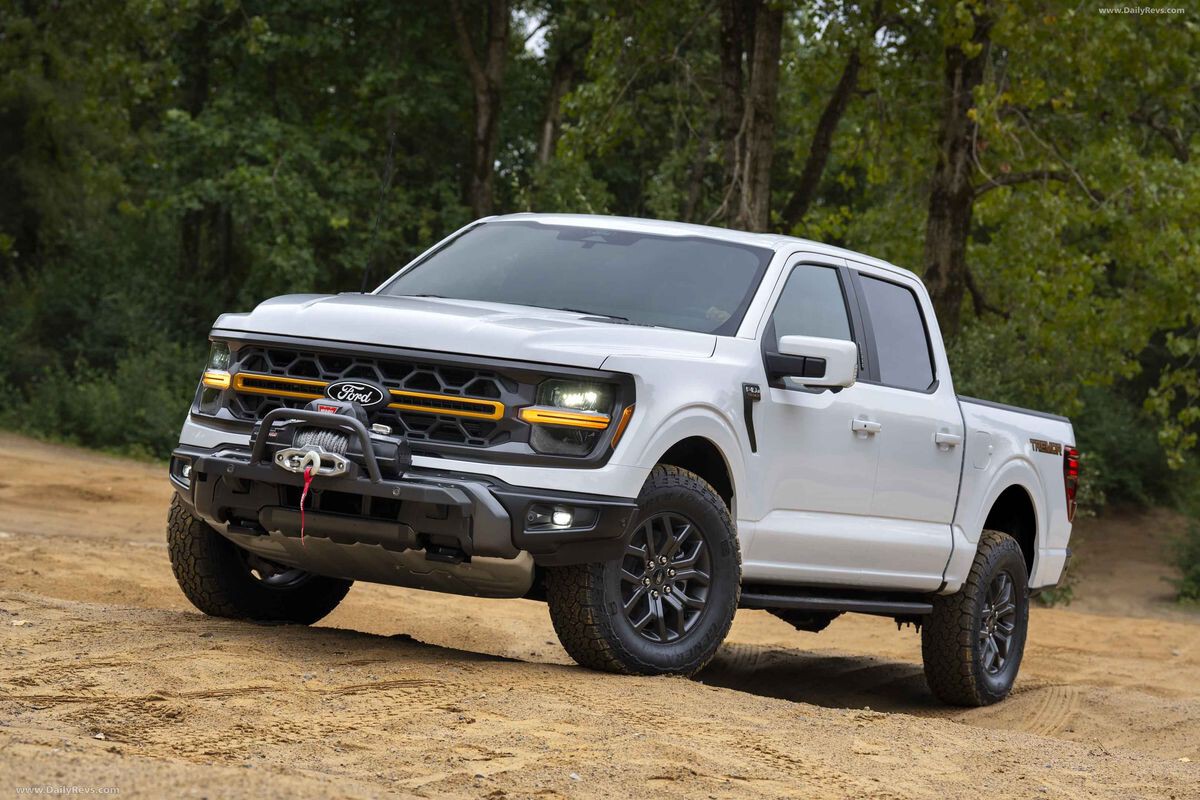
These factory packages include comprehensive cooling system upgrades, heavy-duty alternators, integrated brake controllers, and pro-trailer backup assist systems that make maneuvering large trailers significantly easier.
The electrical system integration on the F-150 is particularly noteworthy, with Ford providing dedicated towing circuits that don’t interfere with the truck’s standard lighting systems.
The trailer connection points are weatherproof and positioned for easy access, while the truck’s sophisticated computer systems automatically adjust transmission shift points, cooling fan operation, and suspension settings when a trailer is connected. What sets the F-150 apart is Ford’s attention to the complete towing experience rather than just hitch capability.
Features like trailer sway control, hill start assist, and adaptive cruise control with trailer recognition create a comprehensive towing platform that beginners and experienced towers alike can appreciate. The truck’s widespread availability and extensive dealer network also ensure that parts, service, and expertise are readily available nationwide.
3. Toyota RAV4 (2019-2025)
The Toyota RAV4 has emerged as a surprising leader in simple hitch installation among compact SUVs, despite its unibody construction. Toyota’s engineers designed the current generation RAV4 with significant structural reinforcement in the rear section, providing solid mounting points for aftermarket hitches without compromising the vehicle’s integrity or requiring extensive modifications.
Installation simplicity comes from Toyota’s thoughtful design approach, which positions the mounting points in easily accessible locations behind the rear bumper cover.
Unlike many unibody vehicles that require complete bumper removal, the RAV4’s hitch installation typically requires only partial bumper trim removal or minor adjustments to access mounting points. This design consideration significantly reduces installation time and complexity.
The RAV4’s electrical system is also well-suited for trailer connections, with robust circuits and convenient access points for wiring harness installation.
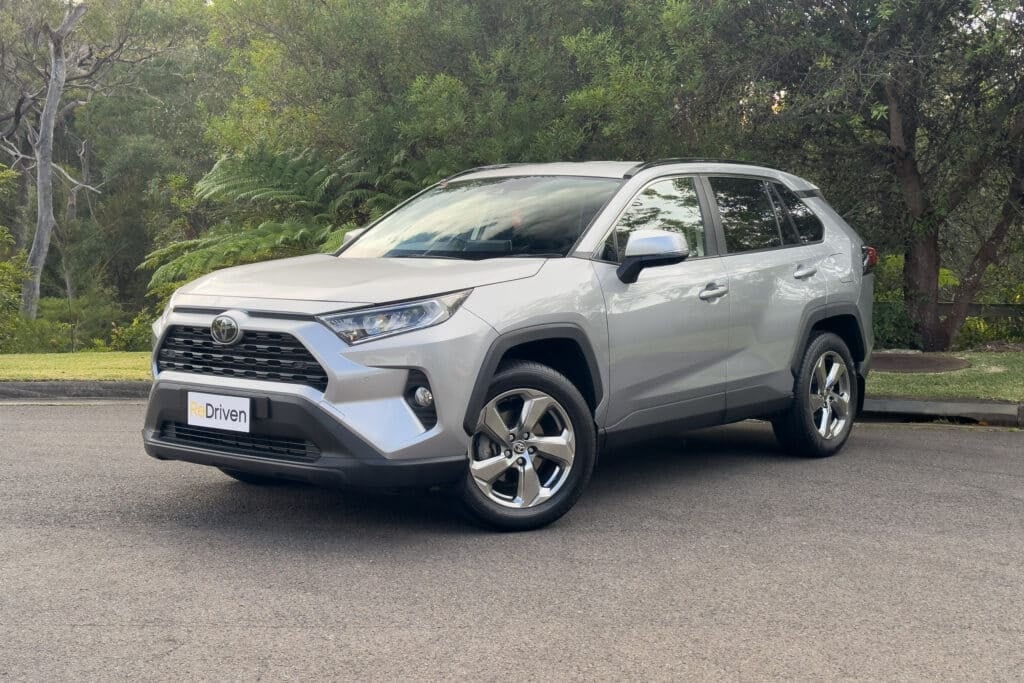
Toyota provides clear documentation for electrical connections, and many aftermarket hitch manufacturers offer plug-and-play wiring solutions that integrate seamlessly with the RAV4’s existing lighting systems without requiring wire splicing or circuit modifications.
One of the RAV4’s advantages is its relatively lightweight construction combined with a sophisticated all-wheel-drive system that provides excellent traction for trailer launching and retrieval.
While its towing capacity is modest compared to larger vehicles, the RAV4’s capability is perfectly suited for small boats, utility trailers, and recreational equipment that many owners tow on a regular basis.
The widespread popularity of the RAV4 has created a robust aftermarket support network, with numerous manufacturers offering vehicle-specific hitch solutions.
This competition has driven innovation in installation simplicity, with several manufacturers offering hitches that can be installed without drilling, welding, or permanent modifications to the vehicle. The availability of multiple options also keeps prices competitive, making RAV4 hitch installation one of the most cost-effective in the compact SUV segment.
4. Chevrolet Tahoe/GMC Yukon (2021-2025)
General Motors’ full-size SUV twins represent the pinnacle of simple towing preparation in the large SUV segment. Built on GM’s proven body-on-frame platform, both the Tahoe and Yukon feature exceptional accessibility for hitch installation and robust structural mounting points that inspire confidence for heavy-duty towing applications.
The installation process benefits from GM’s decades of experience in the truck and SUV market, with mounting points positioned for easy access and exhaust systems routed to avoid interference with standard hitch installations.
The frame rails are perfectly positioned and sized for aftermarket receivers, and the factory preparation includes provisions for various hitch classes depending on intended towing requirements.
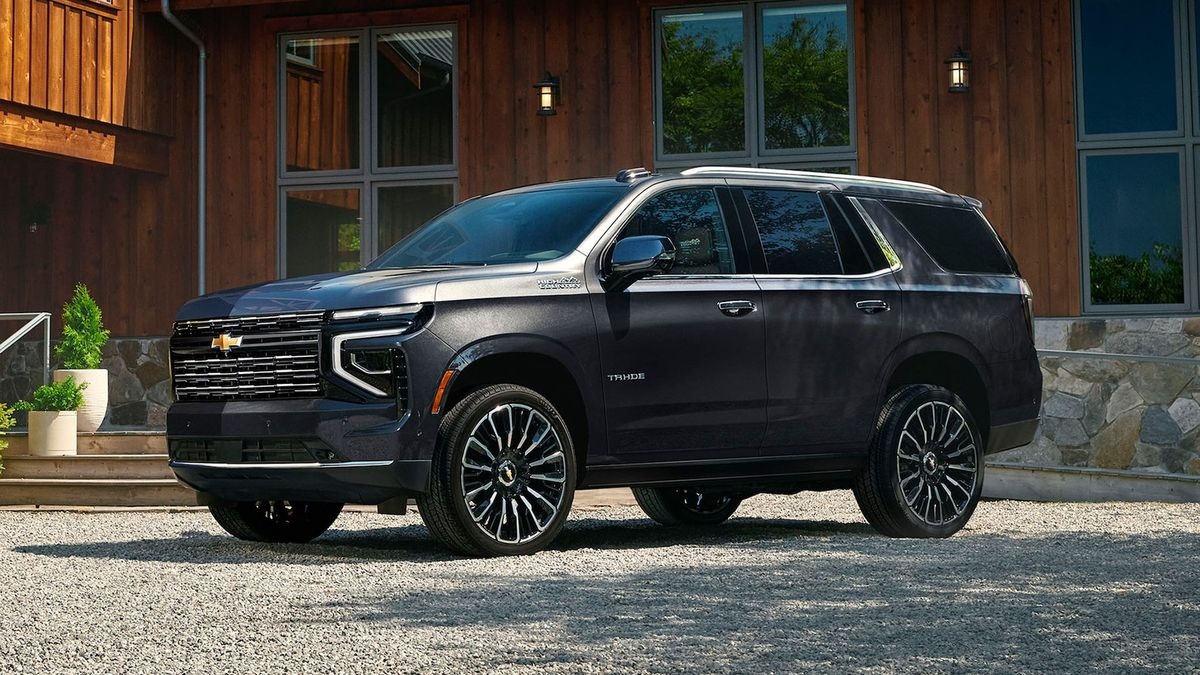
GM offers comprehensive factory towing packages that transform these SUVs into serious towing platforms. The packages include heavy-duty cooling systems, upgraded electrical components, integrated trailer brake controllers, and advanced camera systems that provide multiple viewing angles for trailer maneuvering.
The integration of these systems is seamless, with all components covered under GM’s standard warranty. One of the standout features of the Tahoe and Yukon is their exceptional towing capacity combined with impressive comfort and technology features.
These vehicles can handle large travel trailers, boat combinations, and equipment trailers while providing luxury-car refinement for daily driving. The sophisticated suspension systems automatically adjust for trailer loads, maintaining ride quality and handling characteristics regardless of towing conditions.
The electrical system capacity of these vehicles is particularly impressive, with heavy-duty alternators and robust charging systems capable of supporting trailer accessories, brake controllers, and auxiliary equipment without straining the vehicle’s electrical components.
The trailer connection points are positioned for easy access and protected from weather and road debris, ensuring reliable connections over thousands of towing miles.
Also Read: 5 Cars With Clear Gauges vs 5 With Cluttered Clusters
5. Honda Ridgeline (2017-2025)
The Honda Ridgeline offers a unique approach to simple towing setup, combining the convenience of a pickup truck bed with Honda’s reputation for reliability and ease of maintenance.
Built on a unibody platform rather than traditional body-on-frame construction, the Ridgeline might seem like a complicated towing platform, but Honda’s engineering team designed it specifically to accommodate aftermarket hitches with minimal complexity.
The hitch installation process on the Ridgeline is notably straightforward thanks to Honda’s decision to reinforce the rear frame structure and provide clearly defined mounting points.
Unlike many unibody vehicles that require custom fabrication or extensive modifications, the Ridgeline accepts standard aftermarket hitches with basic bolt-on installation procedures that most owners can complete in their garage.
Honda’s attention to detail extends to the electrical system, which features dedicated circuits for trailer connections and easily accessible wiring points behind the rear bumper.
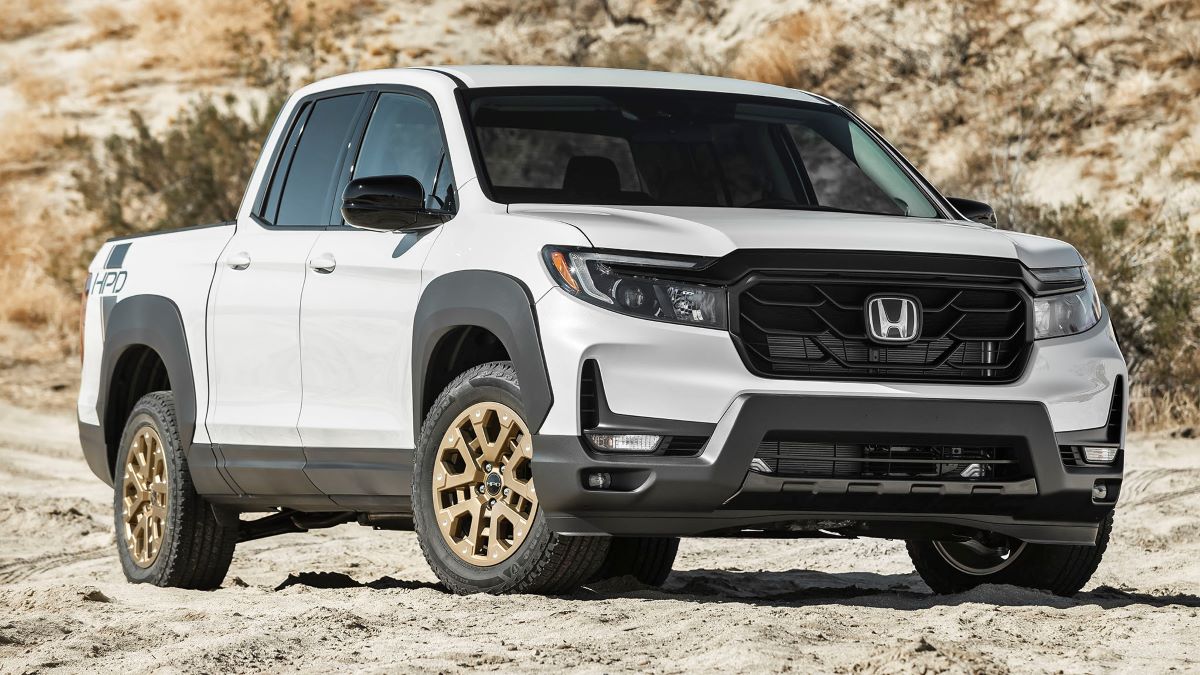
The truck’s sophisticated computer systems are programmed to recognize trailer connections and automatically adjust transmission behavior, stability control settings, and other parameters to optimize towing performance and safety.
The Ridgeline’s independent rear suspension provides advantages in both ride quality and towing stability compared to traditional solid-axle pickup trucks.
The sophisticated suspension system maintains excellent handling characteristics whether loaded or unloaded, and the lower bed height makes loading and unloading cargo significantly easier than conventional trucks.
What makes the Ridgeline particularly appealing for towing applications is Honda’s focus on user-friendly features and reliable operation. The truck includes thoughtful touches like a dual-action tailgate, in-bed trunk for secure storage, and integrated tie-down points that make it exceptionally practical for recreational towing applications.
The combination of car-like reliability, truck functionality, and simple towing preparation creates a compelling package for users who need occasional towing capability without the complexity of heavy-duty truck ownership.
5 Complicated Tow Prep Vehicles
These challenging vehicles require extensive modification work due to buried mounting points, complex electronic integration, and cramped access areas that turn simple hitch installation into major undertakings requiring professional expertise.
Their design prioritizes aerodynamics or packaging efficiency over towing accessibility, often hiding critical attachment points behind exhaust systems, fuel tanks, or structural components that demand removal for proper installation.
The intricate wiring requirements frequently involve computer programming, multiple control modules, and specialized diagnostic equipment that exceed typical garage capabilities.
From luxury sedans with sensitive electronics to compact cars with minimal structural provisions, these vehicles transform basic trailer preparation into expensive, time-consuming projects requiring dealer involvement.
1. BMW X5/X6 (2019-2025)
BMW’s luxury SUVs represent the end of complicated towing preparation, combining sophisticated engineering with design priorities that often conflict with aftermarket hitch installation requirements.
The X5 and X6 feature complex rear-end packaging that includes advanced exhaust systems, integrated parking sensors, electronic suspension components, and carefully designed aerodynamic elements that all must be considered during hitch installation.
The installation complexity begins with BMW’s decision to integrate numerous electronic systems into the rear bumper assembly. The vehicles feature parking distance control sensors, rear cameras, and in some cases, radar-based safety systems that require careful consideration during hitch installation.
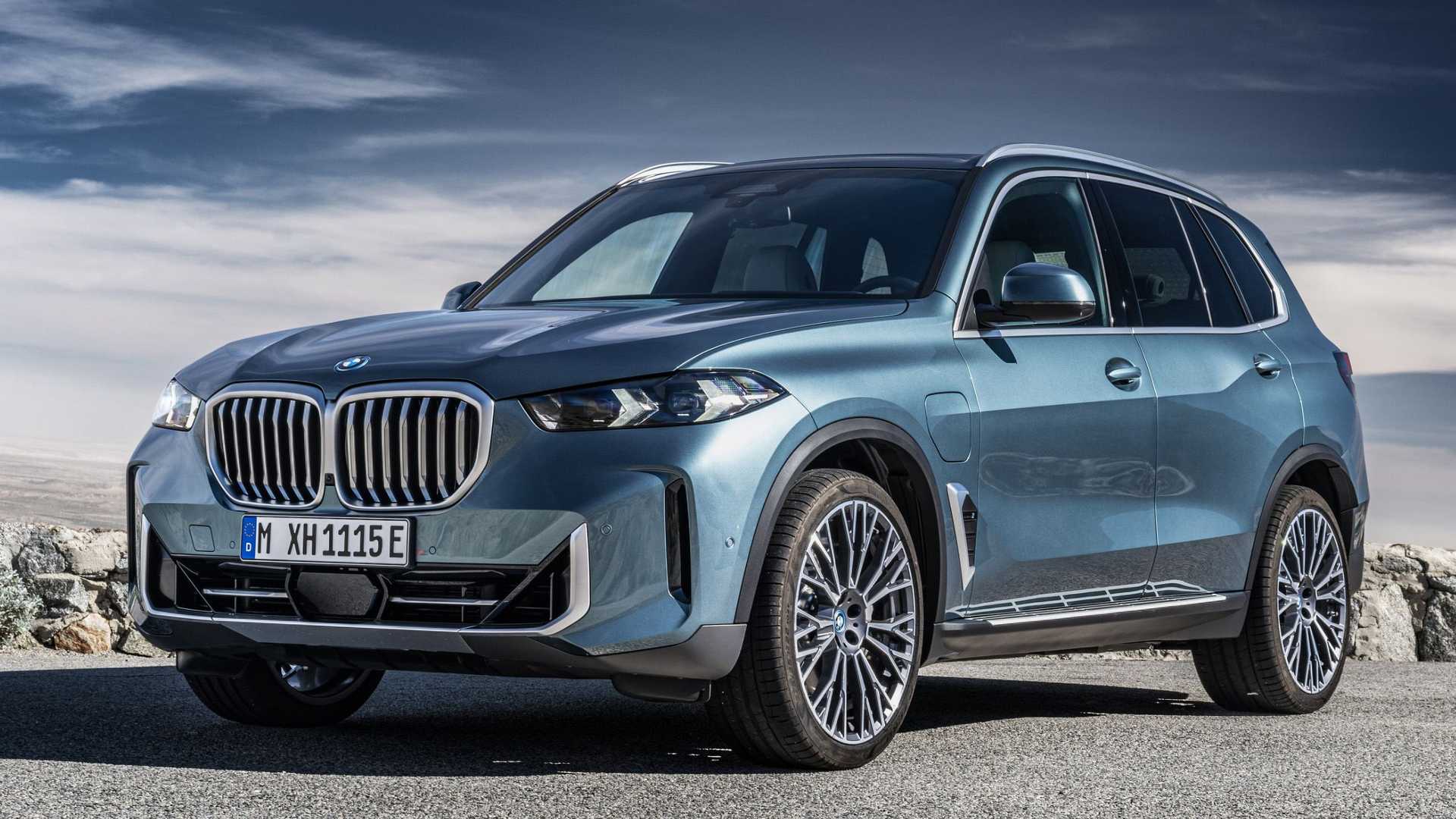
Any modification to the rear structure can potentially interfere with these systems, requiring expensive recalibration or replacement if damaged during installation.
BMW’s exhaust system design presents additional challenges, with complex routing and heat management systems that often require custom hitch fabrication or significant modifications to accommodate proper clearances.
The exhaust system includes active sound management components and sophisticated emission control systems that cannot be relocated without affecting vehicle performance and emissions compliance.
The electrical system integration represents perhaps the most complex aspect of BMW towing preparation. The vehicles use advanced computer networks that monitor every electrical circuit and can throw error codes if modifications aren’t properly integrated.
Installing trailer wiring often requires specialized diagnostic equipment and software coding to prevent conflict with the vehicle’s various safety and monitoring systems.
Professional installation is essentially mandatory for these vehicles, with costs often exceeding several thousand dollars due to the complexity and specialized expertise required.
The installation process may require several days as technicians carefully go through the various electronic systems and ensure proper integration without affecting warranty coverage or vehicle functionality. Many BMW dealers refuse to perform aftermarket hitch installations due to liability concerns, forcing owners to seek specialized shops with BMW expertise.
2. Tesla Model X (2016-2025)
The Tesla Model X presents unique challenges for towing preparation that go far beyond traditional automotive hitch installation. As an all-electric vehicle with sophisticated computer systems, advanced materials, and unique structural design, the Model X requires specialized expertise and equipment that most traditional hitch installers lack.
The structural challenges begin with Tesla’s use of aluminum space frame construction and advanced materials that require specialized fasteners and installation techniques.
Standard steel hitches may not be compatible with the vehicle’s aluminum structure without proper corrosion prevention measures and material-specific fastening systems. The installation process often requires custom fabrication to ensure proper fit and structural integrity.
Tesla’s electrical system presents unprecedented complexity for trailer integration. The vehicle’s computer systems control every aspect of vehicle operation, and any modifications must be carefully integrated to avoid conflicts with the sophisticated energy management systems.
Trailer wiring installation requires specialized knowledge of Tesla’s high-voltage systems and safety protocols to prevent damage to expensive electronic components.
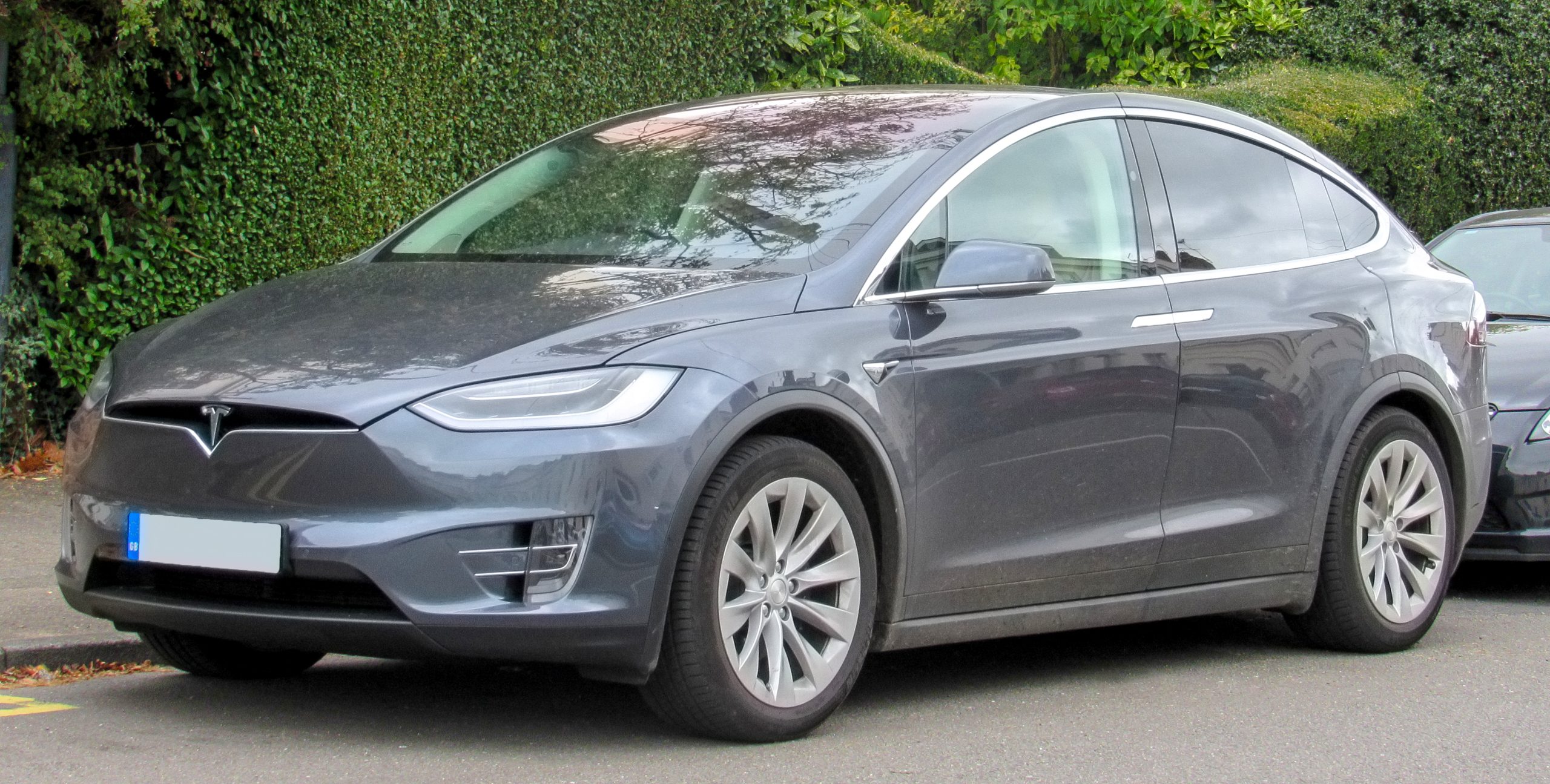
The cooling system challenges are particularly unique to electric vehicles, as the Model X relies on sophisticated thermal management systems to maintain battery and motor temperatures.
Adding trailer loads affects the vehicle’s energy consumption patterns and heat generation, potentially requiring modifications to cooling system capacity or operation parameters to maintain proper temperatures during extended towing operations.
Range considerations add another layer of complexity to Model X towing preparation. Unlike conventional vehicles where towing reduces fuel economy, electric vehicle towing can reduce range by 50% or more, requiring careful planning and potentially limiting practical towing applications.
The vehicle’s software systems may need updates or modifications to accurately calculate remaining range when towing loads are connected. Professional installation by Tesla-certified technicians is often required to maintain warranty coverage, and the specialized expertise required means that very few shops are qualified to perform the work.
The installation process can take several weeks as parts are sourced and specialized technicians are scheduled, making the Model X one of the most complicated and time-consuming vehicles for towing preparation.
3. Porsche Cayenne (2019-2025)
The Porsche Cayenne embodies the challenges of preparing a high-performance luxury SUV for towing duties, combining sophisticated engineering with design priorities that prioritize aesthetics and performance over towing convenience.
Porsche’s approach to vehicle design creates numerous complications for aftermarket hitch installation that require specialized expertise and often custom fabrication.
The structural complications begin with Porsche’s use of lightweight materials and sophisticated chassis design that prioritizes handling and performance over utility functions.
The rear structure includes complex reinforcement strategies and weight distribution considerations that must be carefully analyzed before adding towing hardware. Any modifications must maintain the vehicle’s carefully engineered balance and structural integrity.
Porsche’s exhaust system design presents significant challenges, featuring complex routing, active sound management, and high-performance components that generate substantial heat.
The exhaust system often occupies space needed for hitch mounting, requiring custom fabrication or system modifications that can affect performance and sound characteristics. The sophisticated emissions control systems cannot be modified without risking compliance issues.
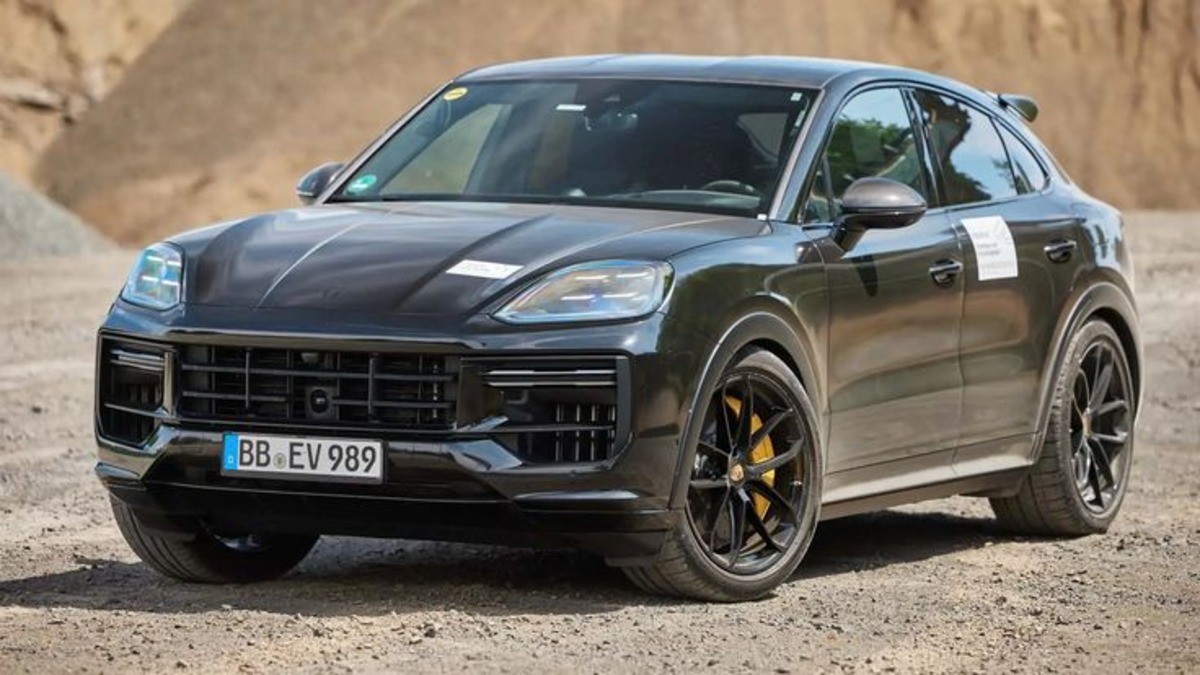
The electronic system integration challenges are particularly complex due to Porsche’s extensive use of advanced driver assistance systems, electronic stability control, and performance management systems.
These systems monitor vehicle behavior continuously and can be adversely affected by the addition of trailer loads or electrical modifications. Proper integration often requires specialized diagnostic equipment and software modifications that only certified Porsche technicians can perform.
Air suspension systems, found on many Cayenne models, add another layer of complexity to towing preparation. The sophisticated suspension management systems must be recalibrated to account for trailer loads, and the air suspension components may require relocation or modification to accommodate hitch mounting hardware.
These modifications can affect ride quality, handling characteristics, and system reliability if not performed correctly. The installation process typically requires several days at a Porsche-certified facility, with costs often exceeding the price of the hitch hardware itself due to labor complexity and required calibrations.
Many Porsche dealers recommend against aftermarket modifications due to potential impacts on vehicle performance and warranty coverage, forcing owners to seek specialized shops with specific Porsche expertise and equipment.
4. Land Rover Range Rover Evoque (2020-2025)
The Range Rover Evoque represents a perfect storm of towing preparation complications, combining compact packaging, sophisticated electronics, and design priorities that create significant challenges for aftermarket hitch installation.
Land Rover’s focus on urban luxury and distinctive styling results in packaging constraints that make traditional hitch installation approaches impractical or impossible.
The structural challenges begin with the Evoque’s compact dimensions and unibody construction, which provide limited space for hitch mounting hardware.
The rear structure includes complex reinforcement strategies and lightweight materials that require specialized fastening approaches. The vehicle’s distinctive roofline and rear design leave little room for traditional hitch mounting, often requiring custom fabrication and creative engineering solutions.
The electronic system complexity presents major hurdles, as the Evoque features extensive computer networks that control everything from engine management to climate control.
The vehicle’s Terrain Response system, electronic stability control, and various driver assistance systems all monitor vehicle behavior and can be adversely affected by trailer loads or electrical modifications. Proper integration requires specialized diagnostic equipment and Land Rover-specific expertise.
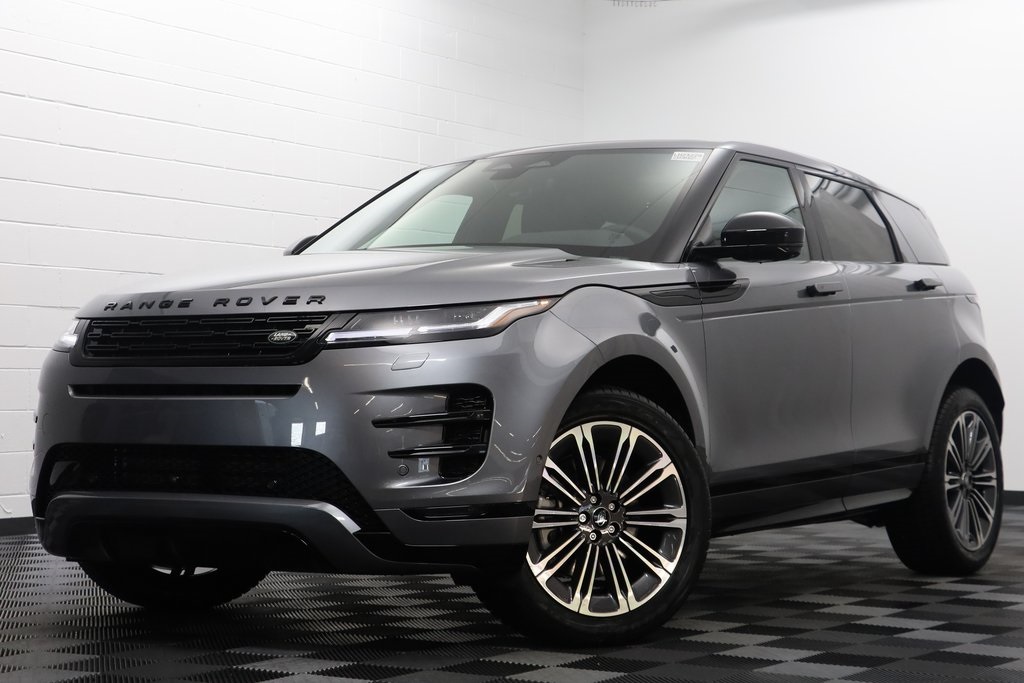
Exhaust system complications arise from the Evoque’s compact packaging and sophisticated emissions control systems. The exhaust routing often conflicts with traditional hitch mounting locations, requiring custom fabrication or system modifications that can affect performance and emissions compliance.
The sophisticated particulate filter and emissions control systems are particularly sensitive to modifications. The air suspension system found on many Evoque models creates additional complications for towing preparation.
The system’s sensors and control modules must be recalibrated for trailer loads, and the physical components may require relocation to accommodate hitch mounting hardware. These modifications can affect ride quality and system reliability if not performed with specialized expertise.
Professional installation at a Land Rover-certified facility is typically required, with the process often taking several days as technicians go through the various electronic systems and perform required calibrations.
The specialized expertise and equipment required result in installation costs that often exceed the vehicle’s modest towing capacity, making the Evoque one of the most expensive vehicles to prepare for towing relative to its actual capability.
5. Audi Q8 (2019-2025)
The Audi Q8 exemplifies the complications that arise when luxury, technology, and performance priorities conflict with practical towing requirements.
Audi’s flagship SUV incorporates sophisticated engineering and advanced electronic systems that create significant challenges for aftermarket towing preparation, requiring specialized expertise and often custom solutions.
The structural complications begin with Audi’s use of advanced materials and sophisticated chassis design that prioritizes handling dynamics over utility functions.
The rear structure includes complex reinforcement strategies, lightweight materials, and carefully engineered crumple zones that must be considered when adding towing hardware. Any modifications must maintain the vehicle’s sophisticated crash protection systems and structural integrity.
Audi’s quattro all-wheel-drive system adds complexity to towing preparation, as the sophisticated drivetrain management systems must be properly calibrated for trailer loads.
The system includes multiple sensors and control modules that monitor wheel speeds, load distribution, and traction conditions continuously. Adding trailer loads can affect these systems’ operation and may require software modifications or recalibration to maintain proper function.
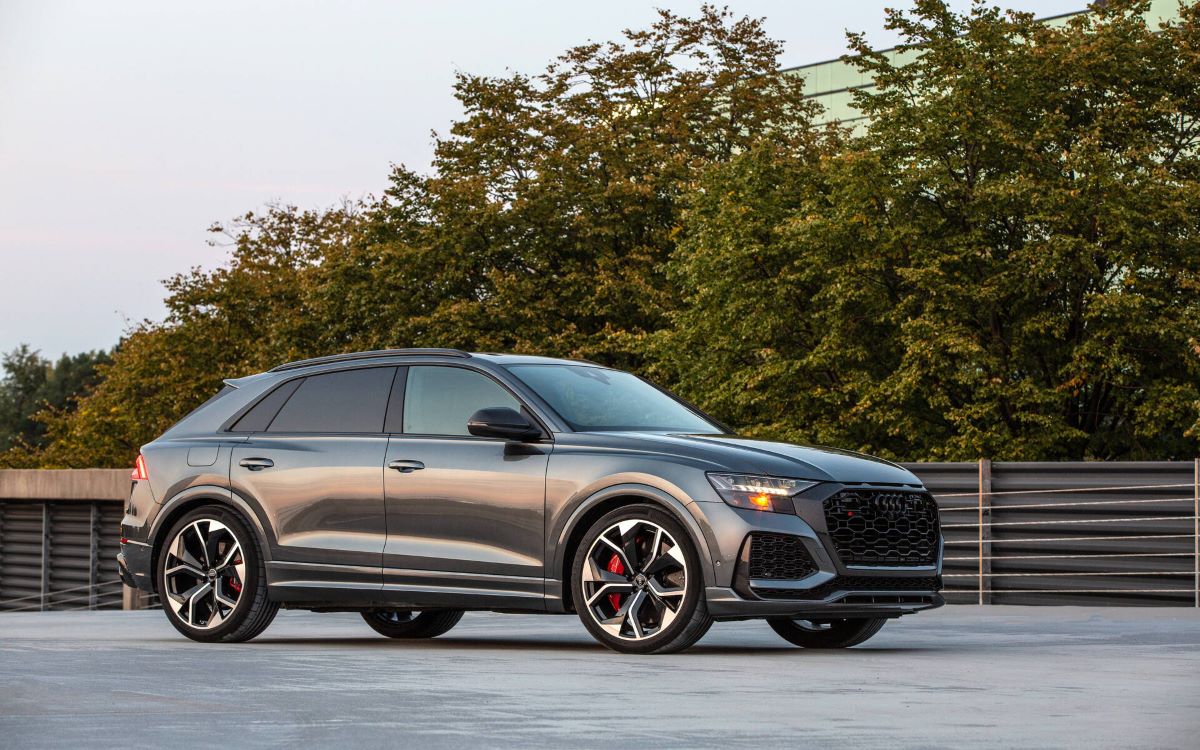
The electronic system challenges are particularly complex due to Audi’s extensive use of advanced driver assistance systems, adaptive cruise control, and electronic stability management.
These systems use sophisticated sensors and computer networks that can be adversely affected by trailer electrical connections or structural modifications. Proper integration requires specialized diagnostic equipment and Audi-specific expertise that most general automotive shops lack.
Air suspension systems, standard on many Q8 models, create additional complications for towing preparation. The sophisticated suspension management includes multiple sensors, control modules, and air management systems that must be recalibrated for trailer loads.
The physical suspension components may also require relocation or modification to accommodate hitch mounting hardware, affecting ride quality and system reliability.
The installation process typically requires several days at an Audi-certified facility, as technicians must carefully go through the various electronic systems, perform required calibrations, and ensure proper integration without affecting warranty coverage.
The specialized expertise, diagnostic equipment, and custom fabrication often required result in installation costs that can exceed several thousand dollars, making the Q8 one of the most expensive vehicles to prepare for towing applications.
Also Read: 5 Vehicles With Rear-Seat Screens vs 5 With Faulty Displays

